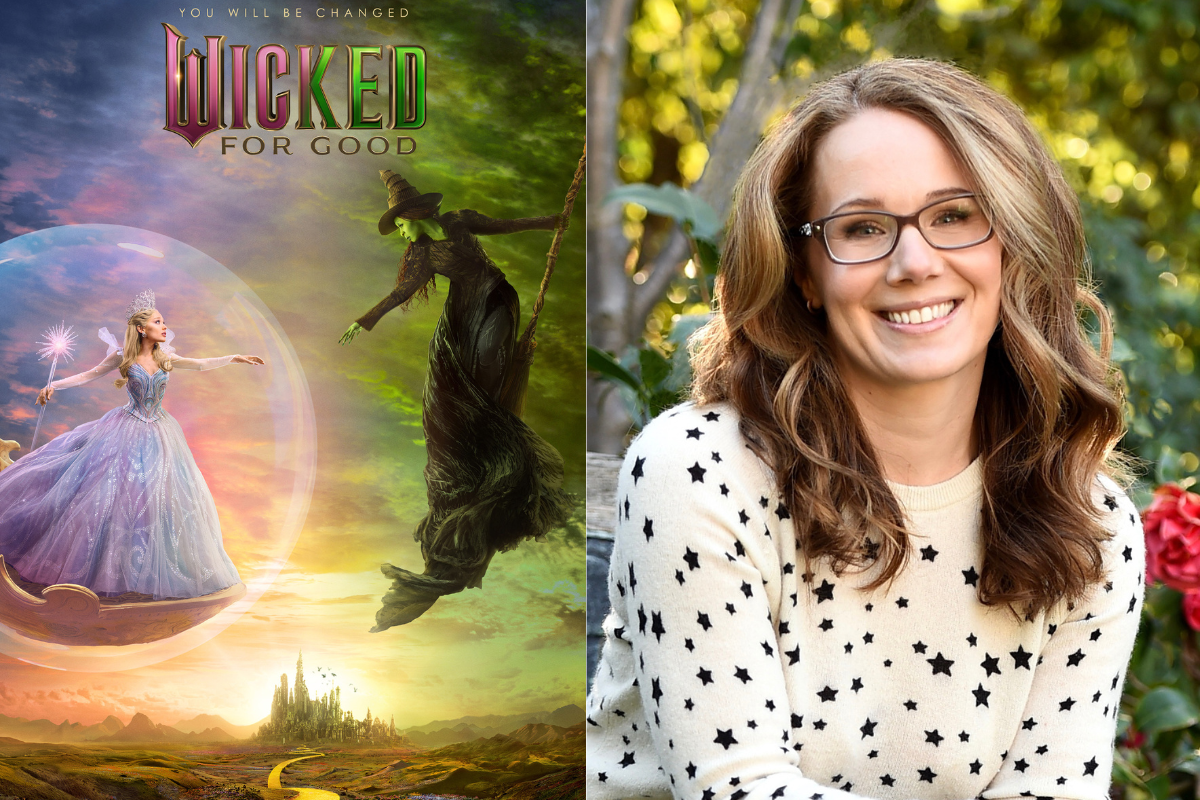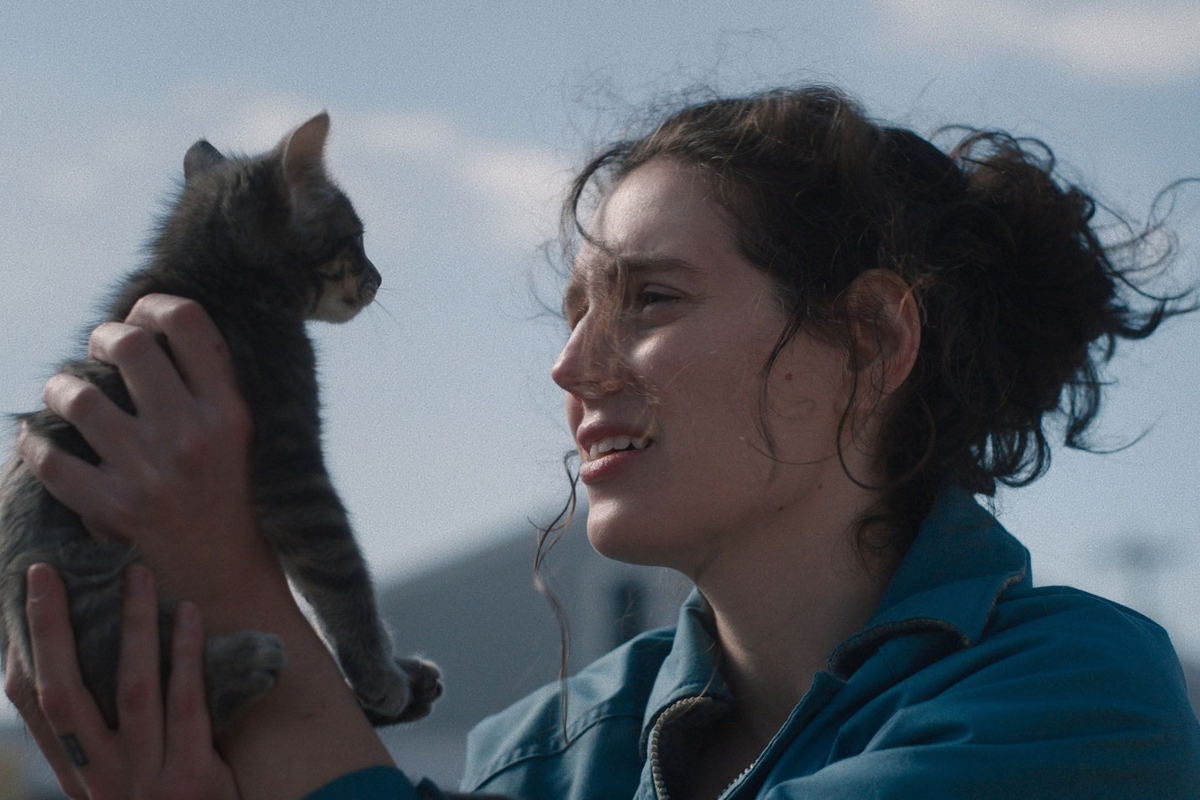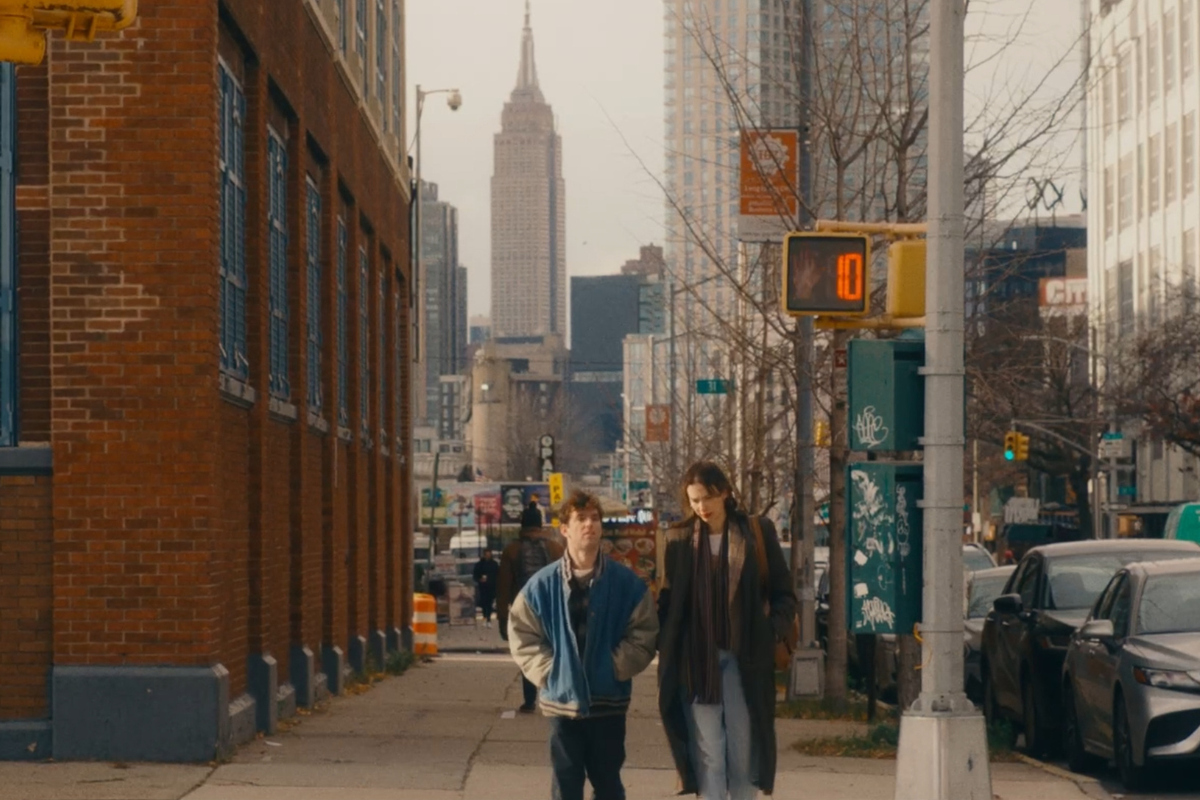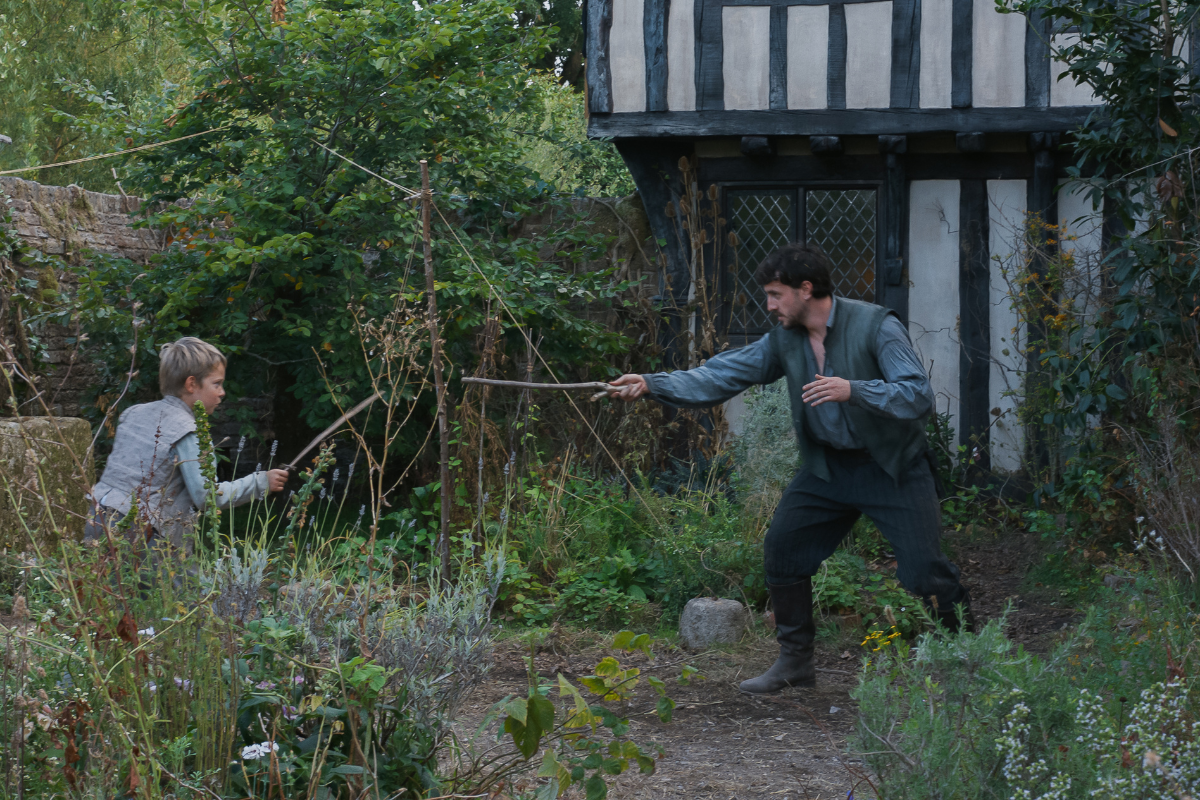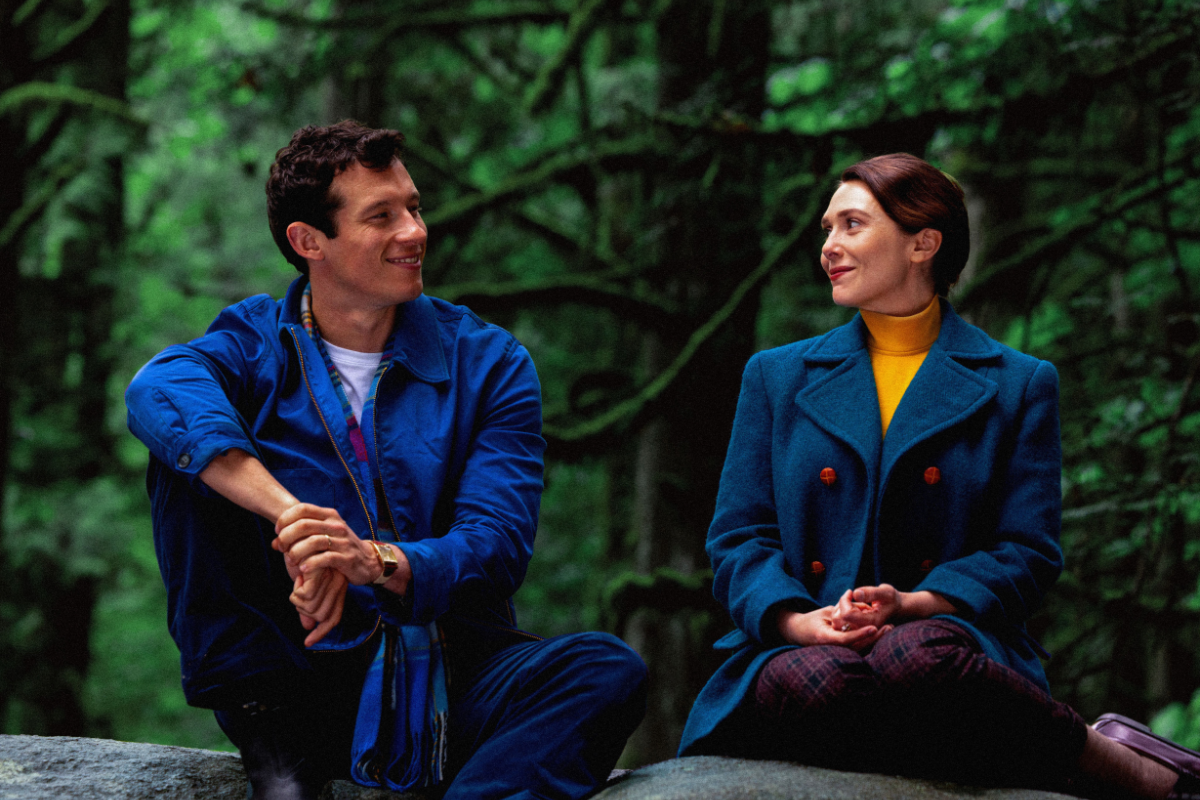‘You Are Not My Mother’ at TIFF21: Bringing Rural Folklore to the City
Script contributor Heather Taylor had the opportunity to speak to writer-director Kate Dolan about her feature debut, ‘You Are Not My Mother’, going with your gut, and embracing horror (despite what film school tells you).
Premiering at TIFF 2021, You Are Not My Mother is writer-director Kate Dolan’s first feature film. Based on personal experiences Dolan had when she was growing up, the feature dives into the impact mental illness has on a family. As a coming-of-age horror story, it shows how scary it can be when you are ill-equipped to deal with a parent struggling with mental illness and how hard it is to be that perfect parent a child may want or need.
Dolan wanted to tell this story through a lens of horror, but in ways that hadn’t been seen before. In Ireland, where she’s from, there are a lot of dark and horrific stories seeped in folklore and mythology, but most of those are set in rural environments, often deep in the woods. Dolan grew up near the city center of Dublin with very superstitious Grandmothers so she wanted to bring this rural horror to a housing estate in the city.
You Are Not My Mother dives into the myth of the changeling where fairies swap a human being for one of their own, and while in human form, cause mischief. In Irish folklore, fairies aren’t really explicitly good or evil. They just like to satisfy themselves and if that means that some people are caught in the crossfire, then that is what it is. It was the perfect representation of the ups and downs of manic depression. Seeing the mother in a depressive state to start and continue to grow more and more manic once she returns home a suspected changeling was chilling and impactful.
Dolan’s journey into horror filmmaking
Horror has always been a mainstay in Dolan’s life. She devoured Goosebumps as a kid then upgraded to Stephen King as she got older. When she wasn’t reading all things horror, she was watching horror films.
At 18, when she went to National Film and Television School just outside of London, her dream of making horror films was beaten out of her. At that time, horror was considered schlocky and wasn't considered prestigious enough. Dolan was told that if she wanted to get anywhere as a filmmaker and get into the top film festivals, she would have to change her focus.
By the time Dolan left film school, she thought that writing drama was her best path to be respected as a filmmaker. That led to her making Little Dolls, a short film about a queer girl figuring out her sexuality at a slumber party. Dolan wanted to talk about how you sometimes know you're gay when you're really, really young, but you don't really understand, or have the kind of vocabulary to express it. The film was selected for the Berlinale Talents Script Station program then premiered at Berlin Berlinale. This success confirmed the direction film school steered her in.
Even though she loved making Little Doll, Dolan couldn’t deny the feeling she had inside that she still wanted to make horror films. So she went on a mission. She was going to make a horror short and it was going to be fun and exciting. That’s how Catcalls was born. As Dolan had previous success with Little Doll, Dolan was able to find funding through a Screen Ireland scheme. This gave her a proper budget for her short, allowing her to do more with the film. After that experience, she knew that horror was where she wanted to be.
Writing with a budget in mind
You Are Not My Mother was part of the POV program in Ireland, a scheme that funds films with budgets under $400K. Knowing she had a capped budget, Dolan really tried to keep the film as simple as possible. She knew the budget would be tight so the choices she made along the way were really pared back.
After a few drafts, her producer, Dee Evans from Fantastic Films, told Dolan to stop limiting herself. She said to "just put in some things that you feel like you want to do, and then we'll figure it out later down the line how we’ll pull that off. She kind of regretted saying that, because I was like, OK, I'm going to put in a horse and I'm going to put in a bonfire and there's a scene in a river.”
Even with these additions, Dolan always had in mind what was achievable. There was a strategy behind her choices as she wrote a film she knew she could direct and pull off without suffering from being on the lower budget end of things.
Learning from making short films and commercials
As a director, Dolan has previously worked across multiple mediums from short films to commercials and corporate videos. Every job has taught her something. Working with commercial clients helped her understand how to deal with high pressure when timelines were tight while working with large crews with a lot of different personalities.
But it wasn't the technical aspects that were the real learning; it was more the personal ones. “It’s more about managing people or learning how to reframe a question to get what you need. I think with the bigger technical things, you can always work with people who have greater knowledge than you on a set, and they can help you through that.”
When Dolan moved into making her feature, she realized that she could spend more time crafting her story because she had learned these skills previously. “You actually get to sit in this room and do a full scene for like half of the day. That's so cool. You get to actually talk to people and take your time.”
Challenges in low-budget filmmaking during COVID
Directing You Are Not My Mother during COVID was a challenge in itself. “Just when you think you find the right path, it’d be like a tree falls in your way, and now I need to go back and figure out how to get around it.”
Because of COVID, filming got pushed back and it gave the team a couple of extra months to figure things out. Prepping became the hard part but once everyone was on set, there were no major issues.
The team became used to the COVID curveballs and the team would find creative solutions to the problems. COVID protocols became the norm – you wear your mask, get tested twice a week, and everyone was fine.
There were other challenges outside of COVID. As the film was made under the POV scheme, part of the program is about helping people to up-skill. This means there were a lot of people in head of department roles who never did that role before. As it was also Dolan’s first feature, it meant they were all learning how to make a feature together. At times that could be challenging, but they all rose to the challenge and blew it out of the water.
The main complication came due to weather. The weather in Ireland is unpredictable and to Dolan, can be your biggest enemy. When you’re doing exteriors, it may have been predicted to have blue skies, and then you’re facing torrential rain on the day.
Dolan and the team just had to find a way to make it work. For instance, the big finale of the film is set in and around a large bonfire. They were meant to split the filming up between two nights. The first night was really windy and they had a big light on a cherry picker. It was flying around and the actors’ hair was flying everywhere, so they realized none of it would be usable. They decided to call it and had to film the scenes all in one night which was a huge challenge because if they didn’t get it, the finale wouldn’t work.
Some words of advice for up-and-coming filmmakers
Dolan warned that people will talk down to you, especially as a young woman moving their way up into the industry. They will think they know better about what you should do or why you should be a certain type of filmmaker. When you’re young and inexperienced and you're kind of nervous, you can easily go, OK, sure, let’s do it your way. You defer to the person that has the most experience because you think they know better than you.
Sometimes when Dolan's made decisions where she didn’t take someone's advice and then found that she was right, it was because the person she was talking to had a different idea about what the film she was making was.
“When you're writing and directing your film, it's so important that you go with your gut. You are making the decisions based on what you want to do. Even if you make mistakes, that’s how you’re going to learn. You're the only person who knows what the film is in your mind."
You also should know why you want to make the movie in the first place. What is really important to you? Dolan believes that you really need to understand the answers to those questions to be able to do your best work.
“I think the most important thing for filmmakers is that you know why you're doing this. The further you get into filmmaking or being a writer or as a writer/director, that's become such a big question -- why is it that you want to do this so much.”
Dolan herself is still figuring it out. “I think as a filmmaker, you have such an opportunity to reach people on a large scale and you can try and make the world better by offering up different perspectives or connect people together in a kind of unifying experience. I think that's my hope as a filmmaker. The best thing I can hope for is that I make people's lives better in some way.”
Learn more about the craft and business of screenwriting from our Script University courses!
Heather Taylor is a writer, director and co-founder of the creative studio, Cereal Made. She was a 2018/19 resident of the Bell Media Prime Time TV program at the Canadian Film Centre (sponsored by ABC Signature Studios), and was part of the 2019 Corus Writer’s Apprentice Program where she interned in The Hardy Boys writer's room (Hulu/ YTV). She was a finalist in the Austin Film Festival 2019 script competition. Heather graduated with a Masters in Screenwriting from City University, London. She’s an idea machine, the Indiana Jones of research, and builds supernatural worlds with real world consequences. Her career highlights include her first feature film, The Last Thakur, which premiered at the London International Film Festival; her sci-fi web series, Raptured; and Stitched, her award-winning horror short. Heather is currently working on her next feature film, ROT, with New York-based BullMoose Pictures. See more of her work on HeatherATaylor.com and follow her on Twitter: @heatherAtaylor / @redonblack YouTube: redonblackfilms


